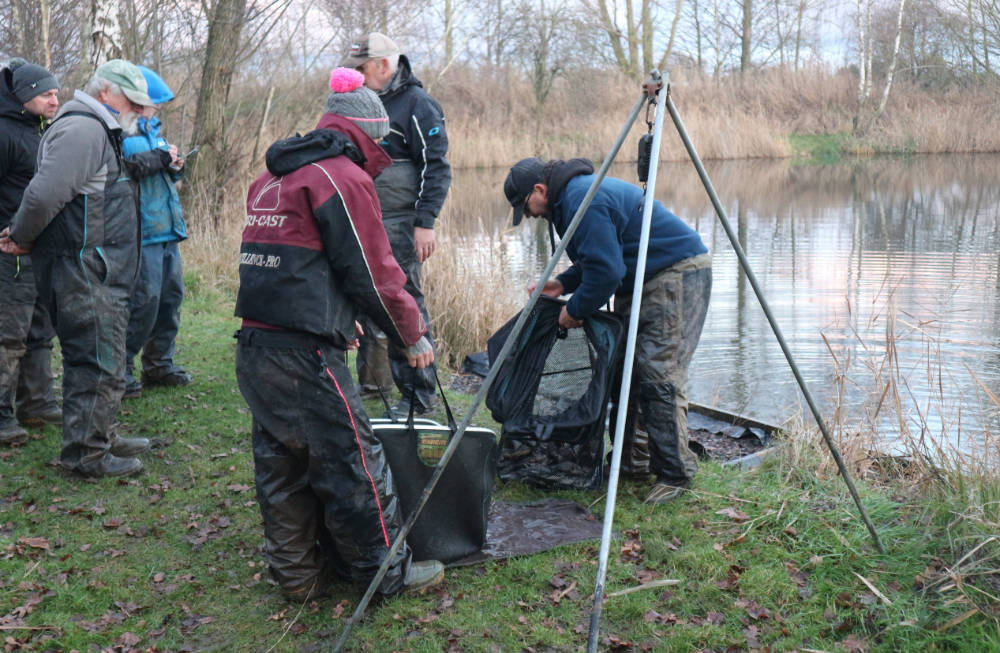Tackle Matters
Above and Below
Fishing success relies heavily on being organised and using the right gear, but there’s more to it than that. Many of the top anglers I’ve had the privilege to watch in action use everything to optimum effect. They are always working swims hard, requiring tackle that can do exactly what they want. Apart from mastering what’s happening above the surface, they seem to know what’s going on below it as well. To enter that world, you need total confidence in your equipment, to the extent it almost feels like it’s part of you. That doesn’t happen if you have to keep stopping to sort out problems. Anything that upsets concentration is no good. Fancy stuff doesn’t catch fish either, only anglers and their cash. Good fishing tackle doesn’t have to cost the earth and is still capable of performing to amazing levels, as I’m discovering with Edge and Cadence products.
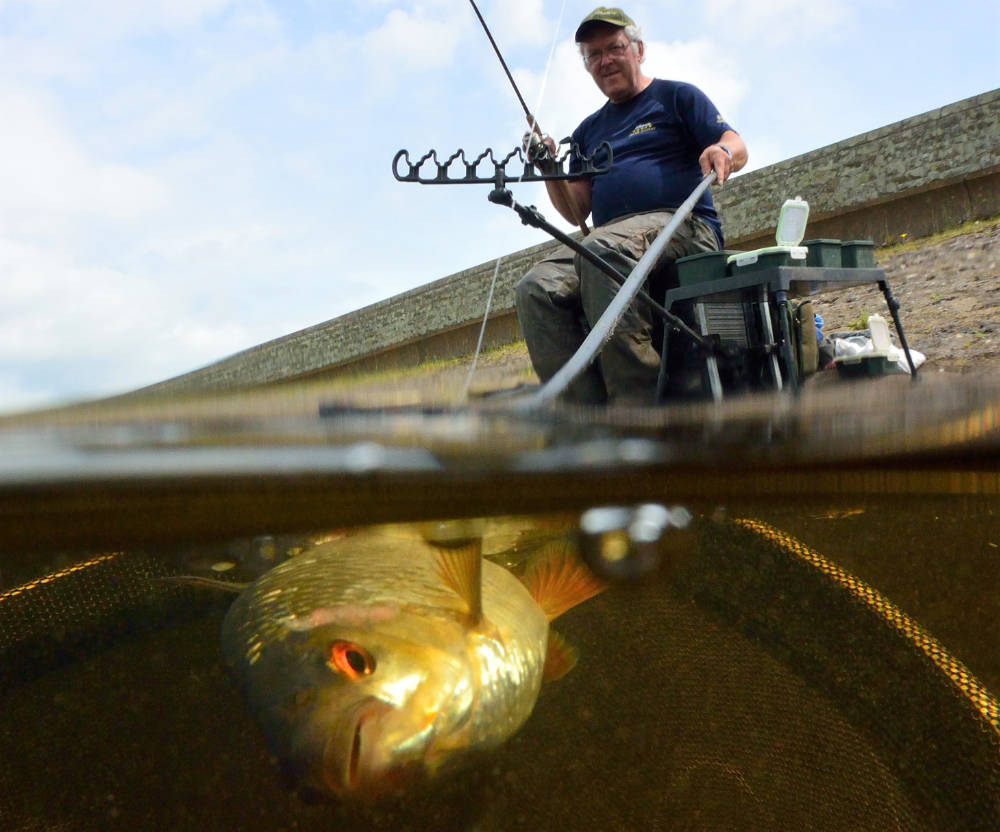
Game Changers
It’s difficult to switch from favourite gear, particularly when it’s associated with many cherished memories, having helped catch consistently over long periods of time. But things move on and if you are not careful, it’s possible to get left behind. An innovation that completely altered my approach was hybrid elastic. This has accounted for countless bonus fish, particularly when using pole rigs at the lighter end of the scale. With original solid pole elastic, there would come a point where it bottomed out, which normally spelt disaster when attached to something big while using light line and small hooks. That doesn’t happen with super stretchy Edge Hybrid latex. It doggedly follows what you have hooked, without suddenly hitting the buffers like older shock absorbers did. Despite such a forgiving nature, excellent feel factor is still retained.
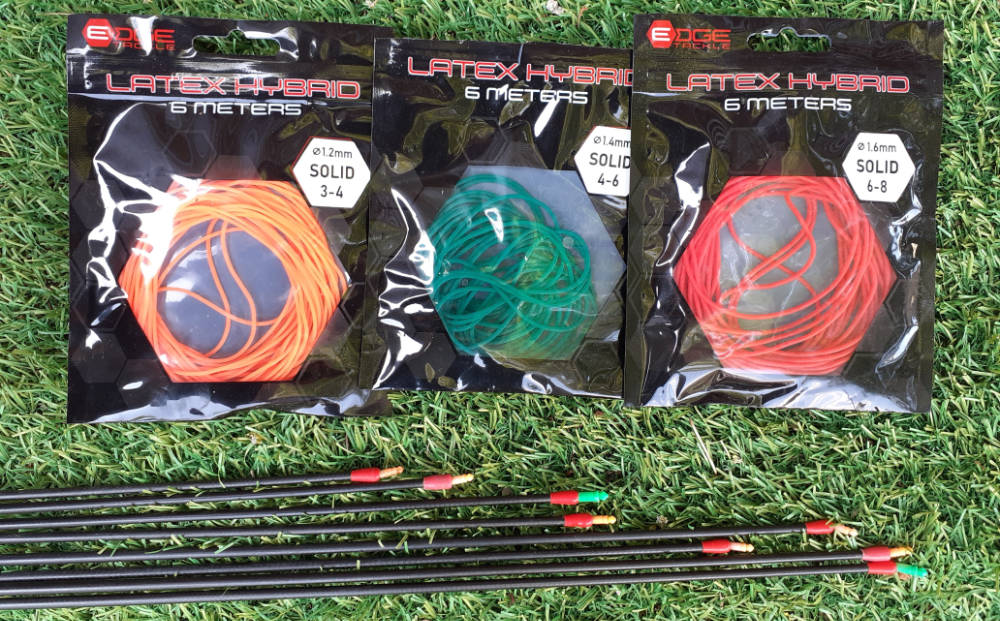
Another Way
An important aspect that makes Hybrid elastic work even better with light pole rigs, is to have it set up with a puller bung system. I learnt that the hard way after accidentally getting attached to big intruders while targeting silver fish. With no tensioning device, you end up with too much pole in play, which can be dangerous for lightweight and expensive models. Longer lengths of pole bend more than shorter top kits, risking breaking lower and more pricy sections. Far better to use a puller, which after an initial run allows you to quickly whizz the pole back over its rollers, to grab the top kit. You can then tension up the shock absorber to get back control. It’s astonishing how tightening the elastic tames big fish so much faster, even when using delicate rigs. I’ve developed my own mini puller system for those, which relies on a cut down PTFE bush.
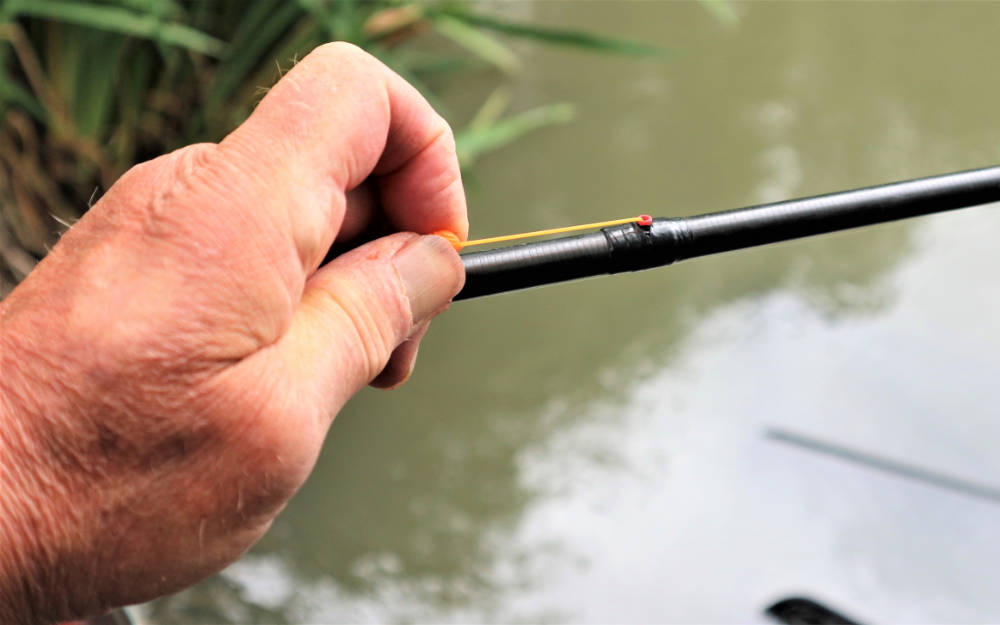
Net Basics
Something both Edge Tackle and Cadence are good at is getting simple things right at competitive prices. This is thanks to being run by experienced anglers, who have also worked for big tackle companies in the past. Having earned that T-shirt myself, I’m ultra-fussy about the gear I use. As a good example, some might think, what can possibly go wrong with a basic accessory like a landing net? Well, quite a lot, actually. Essentials like this need to be thoroughly tested. Over the years I’ve experienced frames springing apart, even spreader blocks falling to pieces, problems that can completely spoil an outing. After heavily using Edge Match and Carp Fast Landing Nets, I’m highly impressed. These have managed huge numbers of fish, along with some crazy big ones, showing up no issues whatsoever. There’s a good reason for that…
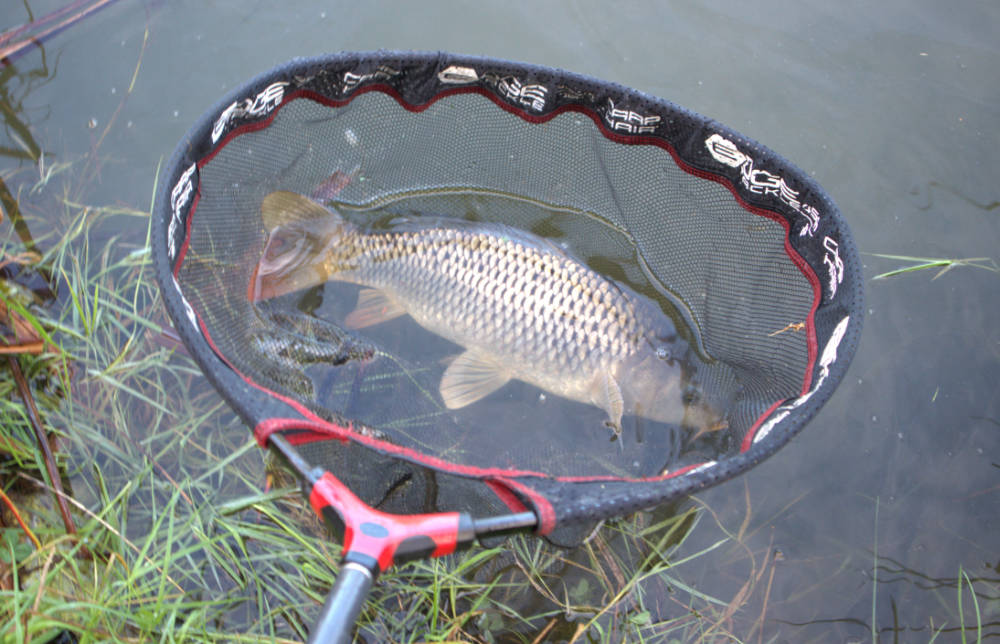
Out There
When I worked in product development for big tackle companies, I was continually arguing with my bosses about trying out new items. They occasionally and rather reluctantly let me go field testing, but not enough. That made me insist on sponsored anglers getting to use new gear for a fair period, to make sure it was up to the job. I used to laugh when told something simple like a landing net could be tested in my office; really? Putting some trade manuals in the odd sample and lifting it off the ground might confirm some of the strength factor. But trade manuals are not going to do anything unexpected, like this carp is probably about to try. On the bank is the only place where I get confident about what works and what doesn’t. In this instance I had latched into this big fish on light waggler tackle, while catching skimmers, roach and hybrids…
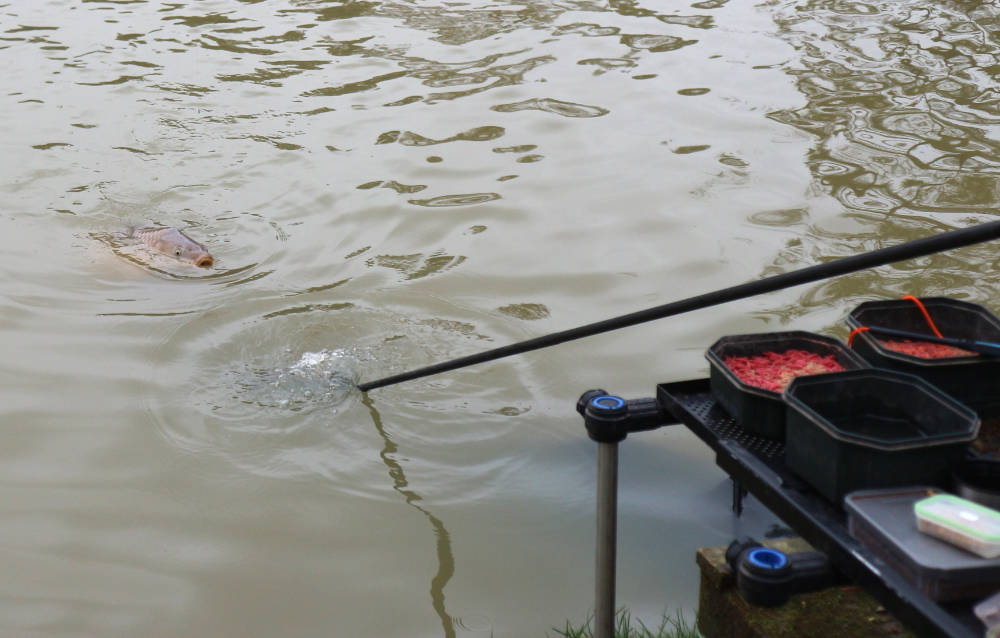
Tight Fit
I had only set up my smaller 14inch Edge Match Landing Net and was left wondering how on earth I was going to get this lump into it. But somehow I did and even more amazingly managed to lift it out without anything going wrong. Apart from using the right mesh material and gauge for the job in hand, the spreader block on match style pan nets needs to be extra durable. I’ve experienced problems with designs that have only one screw point on either side, where they are attached to the frame. Over time, single screws can work loose, which means at a vital moment like this the net can fall apart. I can’t see that happening with the Edge products I now rely on, which have spreaders that are double screwed to their sturdy D-shaped aluminium frames. It’s attention to detail like this that stands brands apart and gains confidence in them.
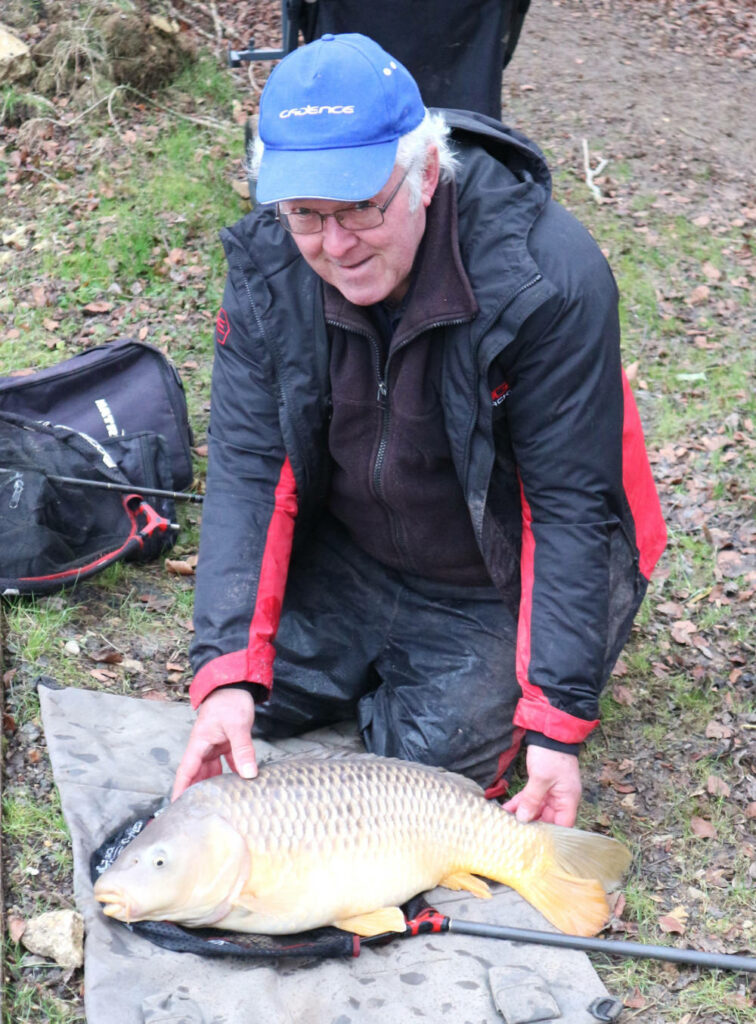
Right Lines
Edge lines fulfil all my needs for both rig and reel usage. I like Premium Mono for low diameter hook lengths and pole tackles, also Fluorocarbon Pure for feeder traces, whether short or long. Sinking Mono is great for waggler and general feeder work, cutting under the surface fast, while also being durable. I turn to Float Mono when I want reel line to stay on the surface, such as for stick float fishing on running water. Specimen Mono is another good sinker and tough enough for more extreme feeder fishing, such as casting long distance or using heavy river tackle. All these lines provide me with accurate information, rather than misleading diameters and breaking strains I have encountered with some products. It’s important to know exactly what you are using, to achieve perfectly balanced rigs, also safe ones that don’t break easily.
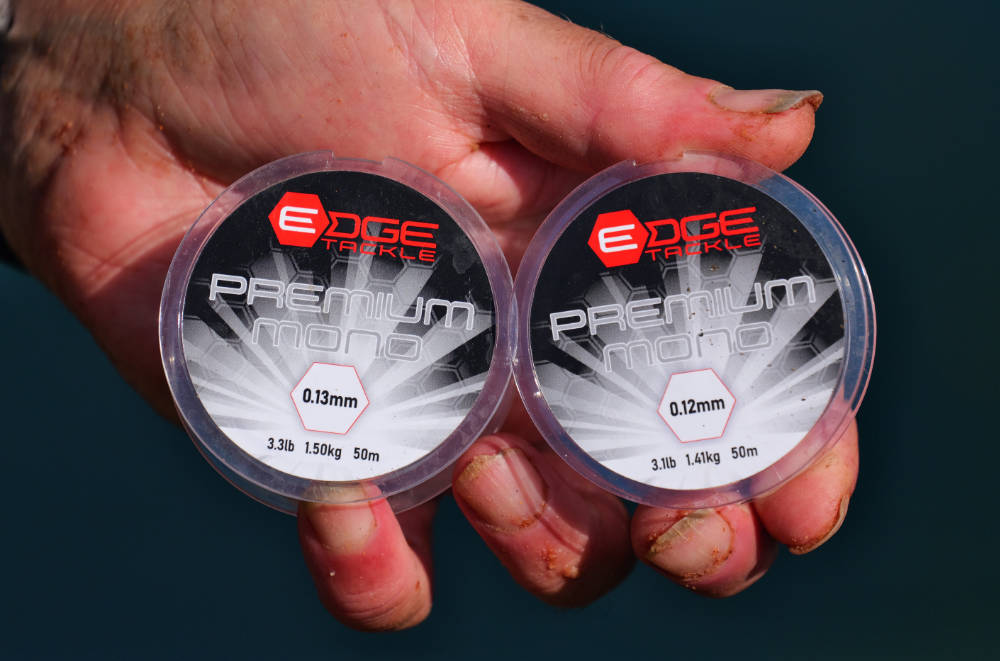
Reel Perfection
My favourite Edge floating or sinking mono ends up on Cadence CS10 reels, which I rate very highly, using the 3000 model for float fishing and the 4000 for feeder applications. I don’t really need anything else, loving the compact and lightweight nature of these products, particularly their even line lay. Another feature is their decent diameter spools, which helps to prevent line twist and aids smoother casting. I also like the way it’s easy to reach the front lip of the line spools with a finger of your rod hand, making line control less of a strain. Yet another plus factor is the incredible cranking power CS10s provide, allowing you to use both the reel and the rod’s action to play fish in. I’ve used reels that are far more expensive than the Cadence models I currently use, but have sold them on for others to enjoy. I simply don’t require them now.
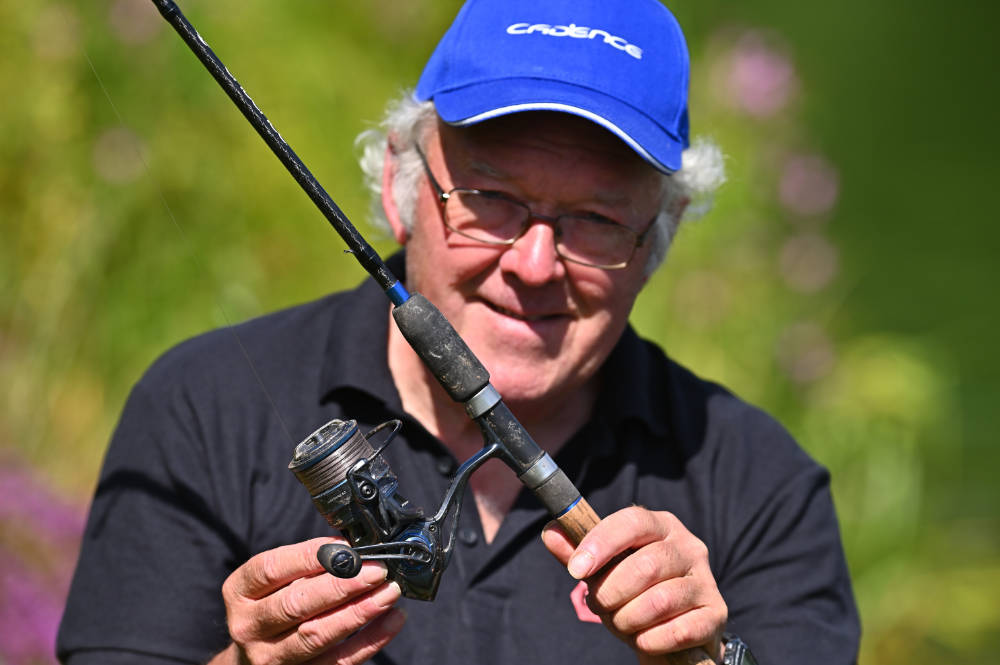
Banding Logic
There are so many fish where I now live in the fens, I often switch to banded hard pellets to get through the small stuff. Many years ago, I would simply blast my way through nuisance “bits” with several pints of squatts, pinkies, maggots or casters. But baits like those are expensive now, while a small bag of hard feed pellets does a similar job for peanuts in comparison. I used to band my baits as I went along, but things can get so hectic, I’ve changed that. I now pre-band enough hookers for each session, which saves wasting lots of time fiddling about when your hands get wet while fishing. I mainly use 4mm feed pellets on local drains and lakes, which attract and work fine on the hook, accounting for big catches of different species. Many anglers use sweetcorn to overcome small stuff, but pellets are more uniform and feed more neatly.
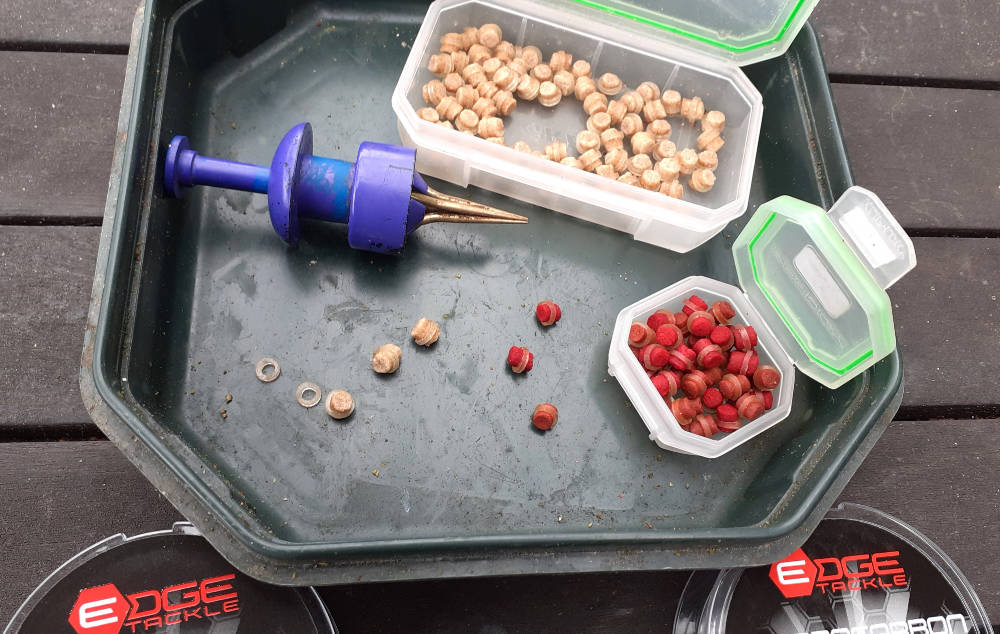
Smooth Operating
A busy method like the waggler requires tackle to be spot-on. I always have spare catapults handy, because with lots of regular feeding, elastics can break. I also make sure my reel line is twist free, because even quality mono can start to wrap back around the rod tip after extended usage. After a busy session, I trim off the tackle below a waggler and cast out several times, winding the line back through the fingers of my rod hand to eliminate any twist. Straight line casts better and doesn’t tangle. Edge Sinking Mono makes a big difference here too, being less prone to premature surface wear than many products I’ve used. It’s thinner in comparison to its breaking strain too, which also improves casting. My current favourite rods for this type of fishing are the Cadence CR10 13ft Match 2# and Cadence CR10 12ft Match 1#.
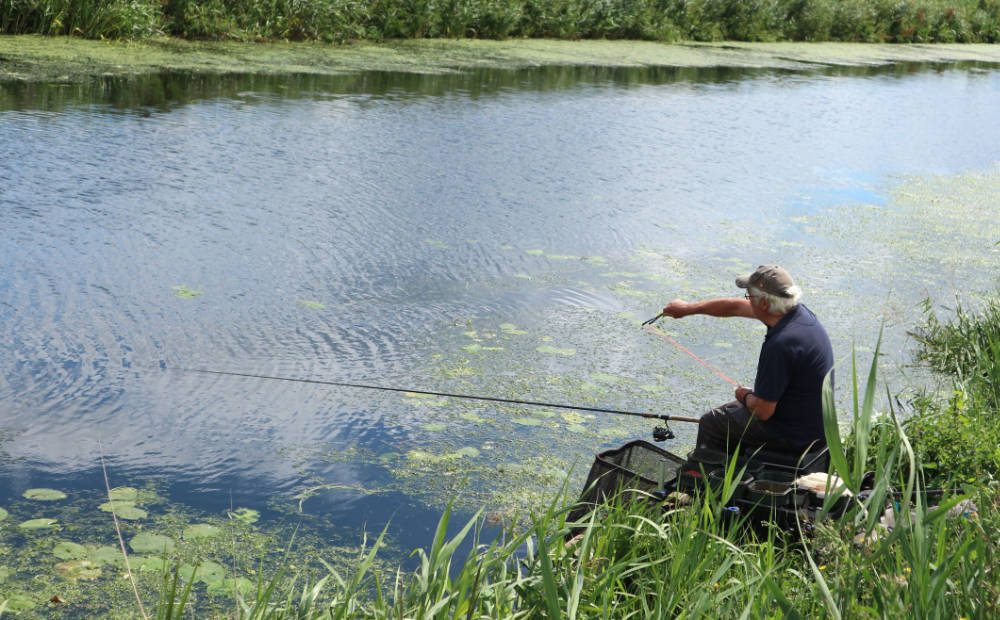
Modern Ways
I’ve nothing against people who use smart gadgets to try and improve their results but see no skill in using expensive accessories like bait boats, fish finders, even drones in some cases. I spent years learning to cast accurately and finding ways of getting my baits to where I want them to be, so I don’t require something that can do it all for me. The same applies to fish location. In this case the screen might have indicated plenty of life in a wintry reservoir, but my mate’s device didn’t catch us anything. All it did for me was take away the mystery factor. Watercraft as we used to call it, seems to be a dying art. Instead of learning the hard way how to track down and master catching fish, short cuts to instant success are promoted these days. This route risks losing the traditional apprenticeship older anglers took, which makes me sad.
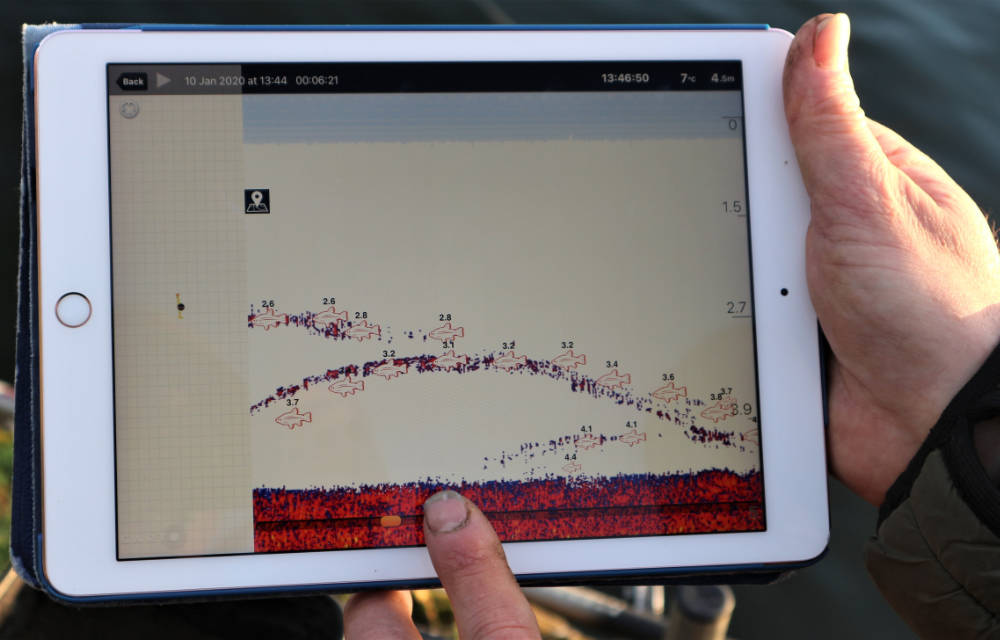
Seeking Perfection
The grip fishing has had on me since the first day I tried it has been the need to keep improving. It’s a unique sport that constantly reveals something new, which can equally apply to the tackle and bait you use, or with how everything needs to be presented. You can have everything looking good, but still not catch anything if it’s applied the wrong way. You might not want to get involved with competitions, but they remain an area where so much can be learnt. I still enjoy matches to keep me tuned in, but also love exploring new venues and the challenges they bring during pleasure sessions. Match fishing taught me how to maximise swims, something I don’t think pleasure stints alone would have achieved. I also enjoy watching competitions, seeing the way top anglers gain an edge by doing something different, or simply by being better than the rest.
